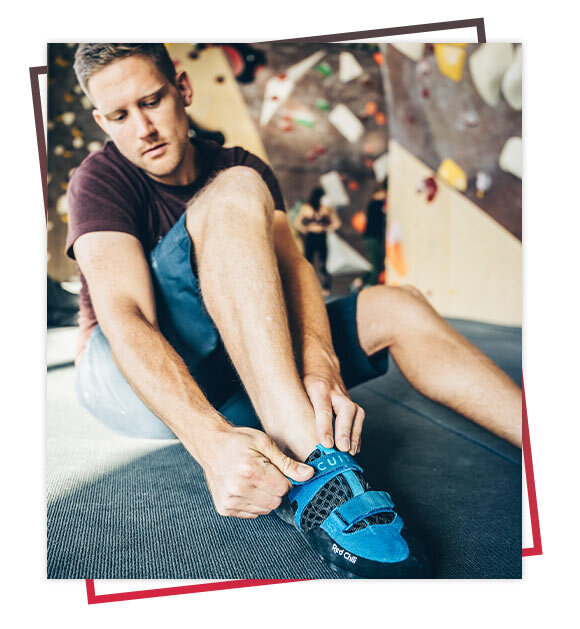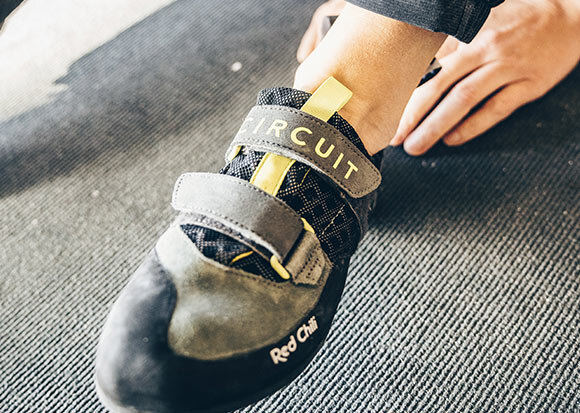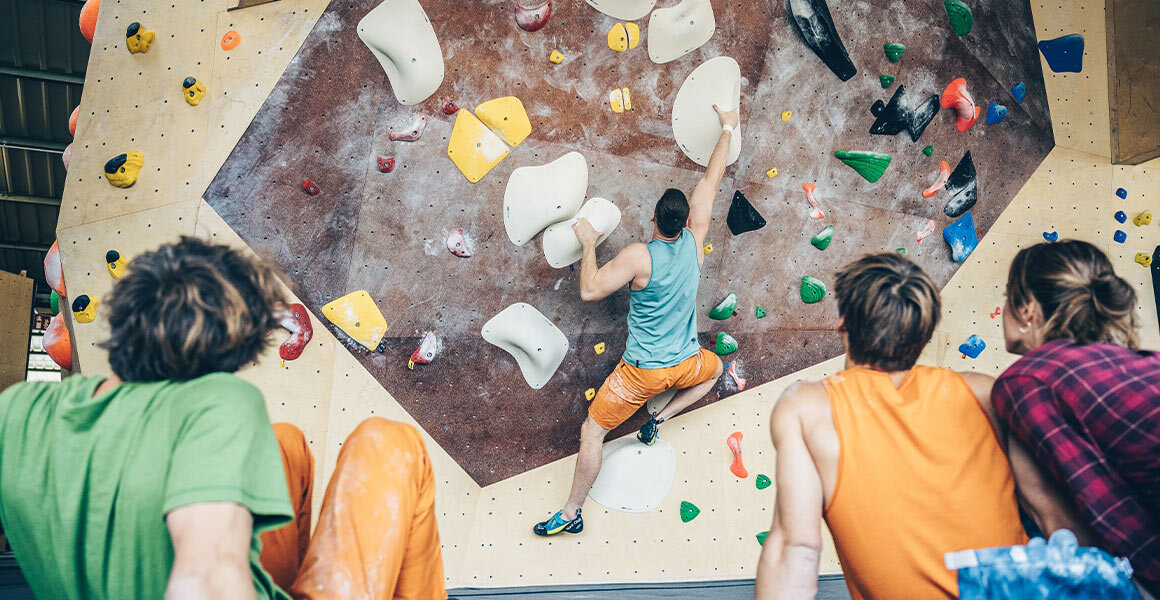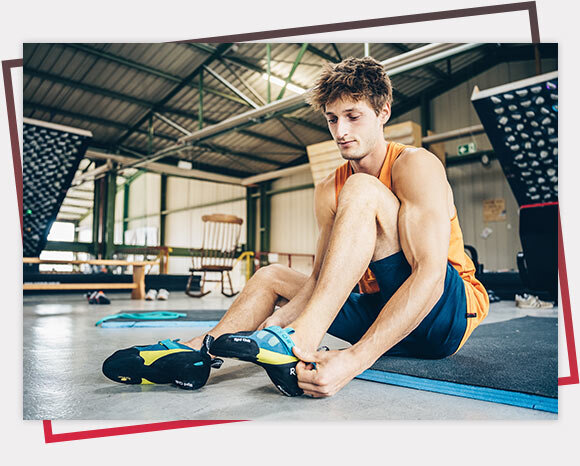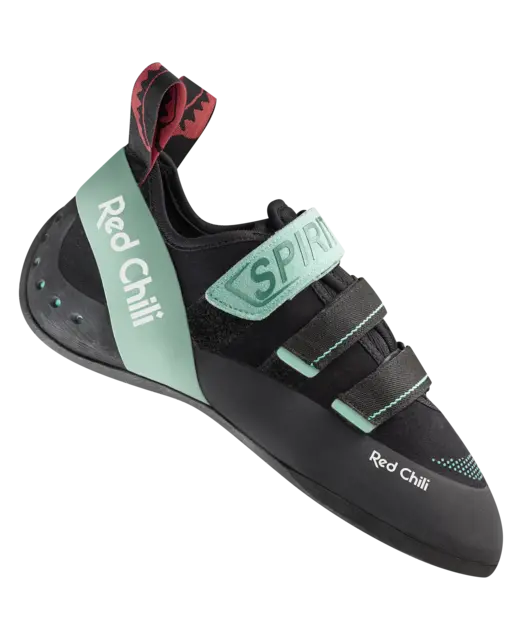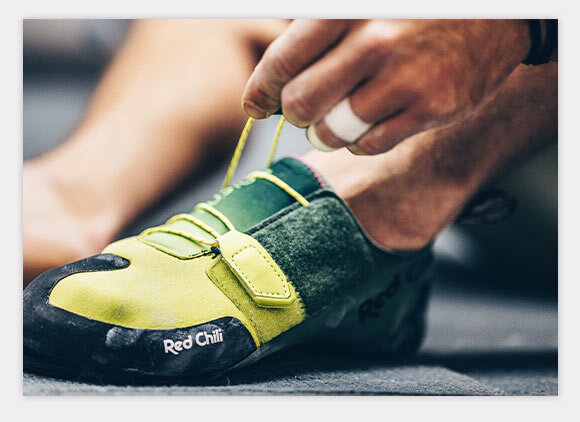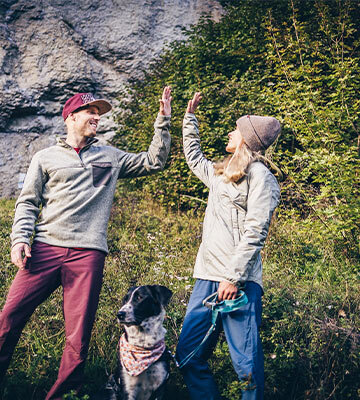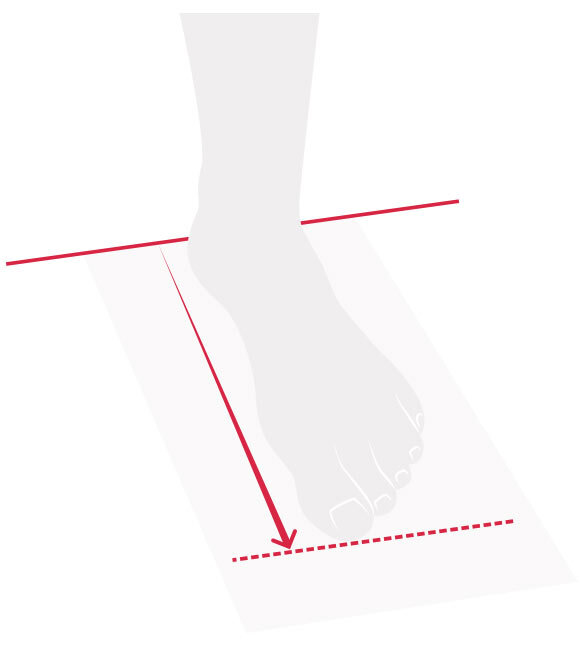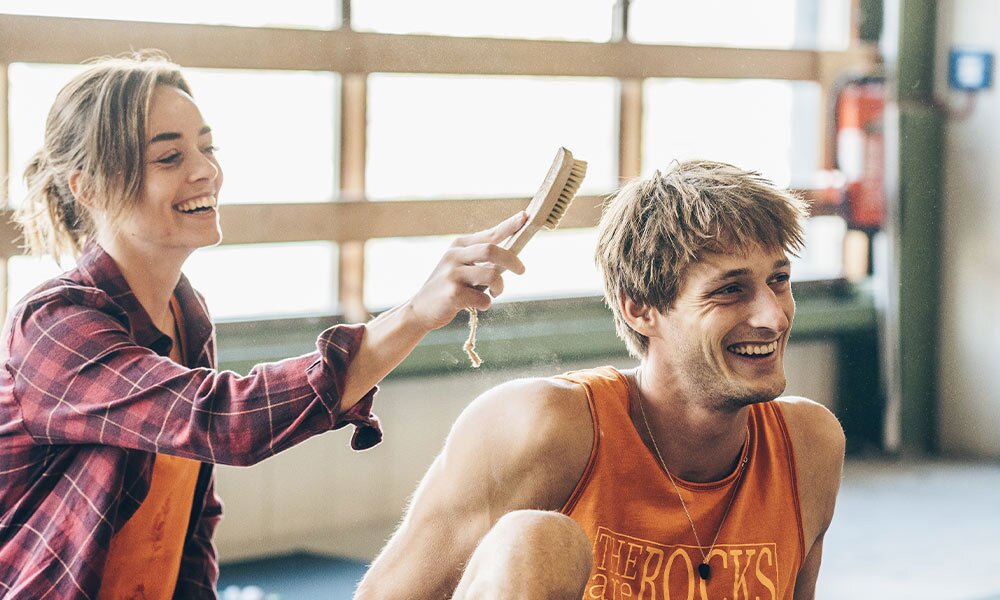The right climbing shoe size is an individual thing. No two feet are alike. The perfect fit is not only about foot length and width. The shape of the foot, i.e. the different length of the toes, the shape of the arch of the foot as well as changes and deformations, e.g. the widespread hallux valgus, play a role. In addition, some people are very sensitive to pressure, while others feel perfectly comfortable in almost any shoe.
These conditions make it difficult to give an experienced and reliable information, e.g. via an online tool, which spits out a number for your perfect size in the end. That's why we want to provide you with a size guide that will provide you with knowledge so that you can make an informed and conscious decision when buying your climbing shoes.

